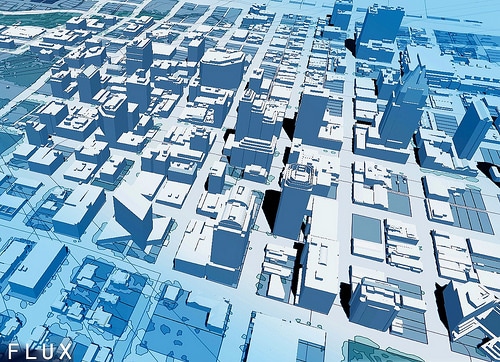Building Information Modelling, or BIM, uses 3D models to streamline workflows and to improve productivity. It is beneficial to individual professionals like architects, as well as to companies and contractors. It is especially beneficial in multi-faceted projects, because it enables more efficient collaboration and effective communication with all project stakeholders.
Below are 9 of the benefits that you can realise with effective BIM services from Restoric Design.
1. Optimise production
The reduction of duplicated workflows and processes, more effective collaboration, and the elimination of errors means greater productivity. You can complete projects sooner, work on a greater number of paying jobs, and provide a more cost effective and efficient solution to your clients. BIM provides access to greater revenues, too, and minimising waste is just another way in which this form of 3D modelling can increase your bottom line profits.
2. Less duplication
The duplication of tasks and workflows is common when individuals are uncertain of exactly what they should be working on. It also costs money and time, and it means that you are not efficiently using the resources that you have. BIM enables you to accurately manage these resources, including your human resources, so that you do not duplicate tasks or projects.
3. Effective collaboration
In most instances, when BIM is employed, projects require collaboration between different parties. A building information model not only lists the jobs and materials required, but it can also be used to assign tasks and deadlines to the proper parties. With everybody working from the same model, regardless of their stage of involvement, it means that collaboration is made easier.
4. Simulate and test
BIM is not a static form of modelling, and can be combined with an array of simulations. Running simulations allows you to test all elements of a building, even before the building is underway. Testing in this way means that you can reduce errors, cut costs, and improve efficiency.
5. Reduce the cost of on-site clashes
One of the ways in which testing helps is in the reduction of clashes. Clashes can occur virtually anywhere on site, for example if wiring connects with metal joists. Testing first allows you to identify clashes before they happen. Remedy the clashes and remove the additional costs that they carry.
6. Design an efficient construction process
Coordination is key to efficient construction. There will typically be many groups and individuals, each with their own tasks. Some tasks will not be able to be completed until another has finished, and this means that a slight delay at the beginning of the construction can magnify and become extensive and expensive delays at the end of the project. Using BIM you can plan and test every stage, ensuring that you create a streamlined and efficient workflow.
7. Automate workflows
Many processes and workflows can be automated using BIM. Less human intervention is required in the modelling, and even processes like reporting and client communication can be automated using a business information model.
8. Convey designs and plans visually
Arguably one of the greatest features of BIM is that it provides a visual representation of a building, how it works, and the processes and workflows required in its building and its running. The model can be used to convey designs and processes to clients and investors, as well as your own company and employees. A visual model is easier to understand than the written or even spoken alternative.
9. Meet exacting customer requirements
Some customers now demand BIM techniques be used in the construction and infrastructure planning of a building. This helps the customer ensure improved workflows, and it means that they can be confident of fewer clashes and errors. It also reduces the time required for a project, which is another obvious benefit to the client.
Restoric Design Limited are experienced and qualified in the use of 3D modelling tools and software. We use Revit and other modelling software to ensure that you enjoy the best results from your Building information model.
Flux Seed — Congrats to the first Google X spinout! Building better buildings by jurvetson licensed under Creative commons 4



